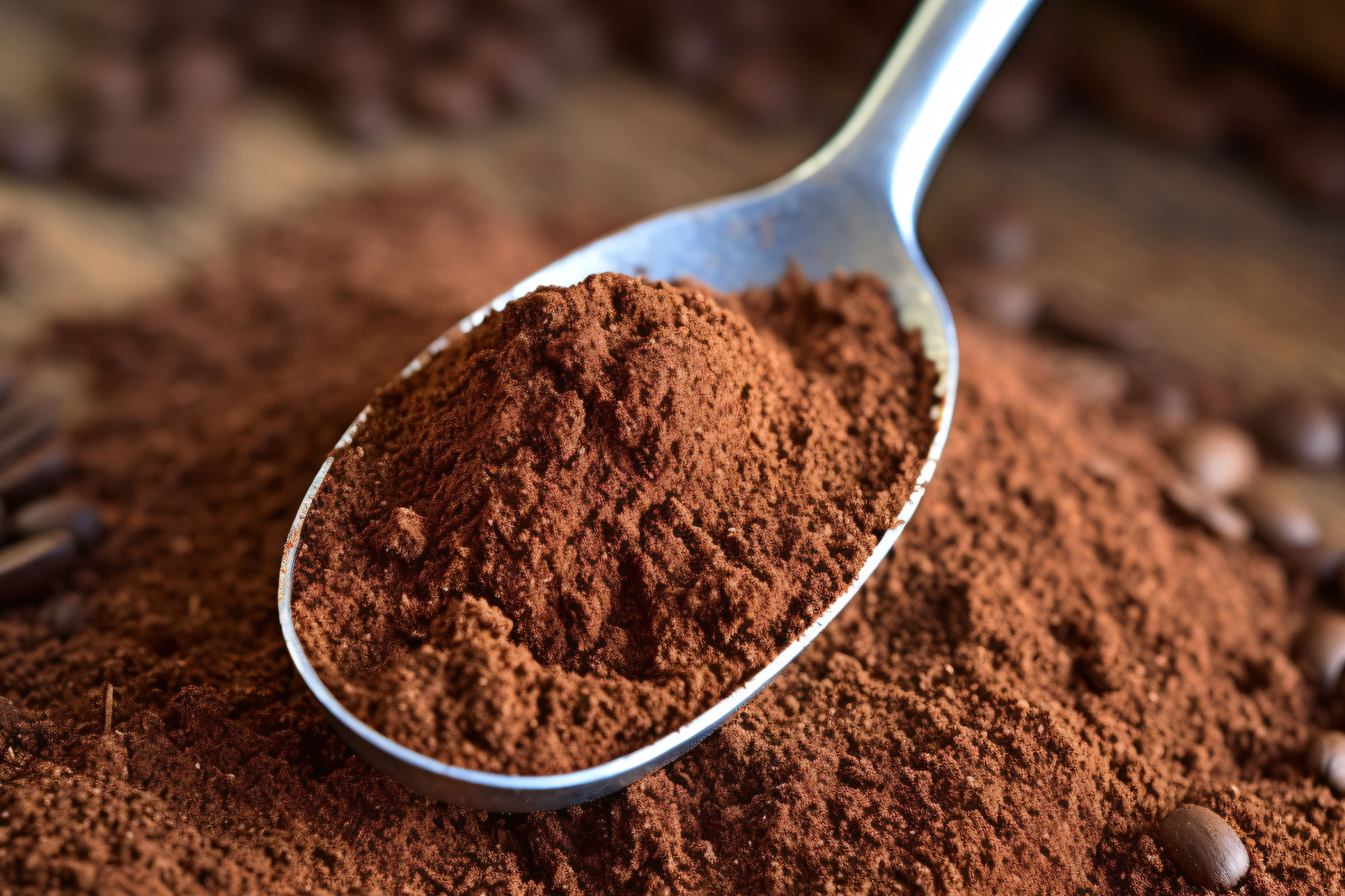
The Spray Drying Process

Instant coffee has become a staple in households and offices worldwide, offering convenience and quick gratification to caffeine enthusiasts.
But have you ever wondered about the intricate process behind transforming brewed coffee into a fine powder? Enter spray drying, a fascinating technique that plays a pivotal role in the production of instant coffee. Let’s delve into the intricate world of spray drying and how it revolutionizes the way we enjoy our favorite beverage.
Understanding Spray Drying: Spray drying is a method used to convert liquid or slurry feedstock into dried particulate form.
This process is widely employed in various industries, including food, pharmaceuticals, and chemicals, due to its efficiency and versatility. In the context of coffee production, spray drying enables the creation of instant coffee powder from brewed coffee.
The Spray Drying Process: The journey of instant coffee begins with freshly brewed coffee. This liquid coffee is first concentrated to enhance its flavor and aroma.
Next, it undergoes filtration to remove any solid particles or impurities, ensuring a smooth and consistent end product.
Once the coffee concentrate is prepared, it is fed into a spray drying chamber. Within this chamber, the concentrate is atomized into tiny droplets using high-pressure nozzles. Simultaneously, hot air is introduced into the chamber, creating a controlled environment where evaporation occurs rapidly.
As the coffee droplets travel through the chamber, they lose moisture and transform into fine particles.
These particles are then collected at the bottom of the chamber, forming the instant coffee powder we are familiar with. The entire process happens within a matter of seconds, emphasizing the efficiency and speed of spray drying.
Key Factors Influencing Spray Drying: Several factors influence the effectiveness and quality of the spray drying process in instant coffee production:
- Temperature and Humidity: Controlling the temperature and humidity within the drying chamber is critical to achieving optimal results. These parameters dictate the rate of evaporation and particle formation.
- Particle Size Distribution: The size of the coffee particles determines the solubility and sensory characteristics of the final product. Fine particles dissolve quickly, resulting in a smoother texture and richer flavor.
- Feedstock Composition: The composition of the coffee concentrate, including its solids content and acidity, can impact the spray drying process. Manufacturers carefully adjust these parameters to achieve the desired taste profile and aroma.
- Equipment Design: The design of the spray drying equipment, including nozzle configuration, airflow patterns, and chamber geometry, influences process efficiency and product quality.
Advantages of Spray Drying in Instant Coffee Production: Spray drying offers several advantages that make it a preferred method for instant coffee production:
- Preservation of Flavor: The rapid evaporation process preserves the volatile compounds responsible for coffee’s aroma and flavor, resulting in a product that closely resembles freshly brewed coffee.
- Extended Shelf Life: Instant coffee powder has a longer shelf life compared to brewed coffee, thanks to the removal of moisture during spray drying. This extends its usability and convenience for consumers.
- Convenience and Versatility: Instant coffee can be easily reconstituted with hot water, making it a convenient option for on-the-go consumption. Additionally, it serves as a versatile ingredient in various culinary applications, from baking to savory dishes.
The spray drying process plays a vital role in the production of instant coffee, offering efficiency, convenience, and quality.
By harnessing the principles of evaporation and particle formation, manufacturers can create a product that retains the essence of freshly brewed coffee while catering to the demands of modern consumers.
Next time you enjoy a cup of instant coffee, take a moment to appreciate the intricate journey it underwent from bean to powder, powered by the marvels of spray drying technology.